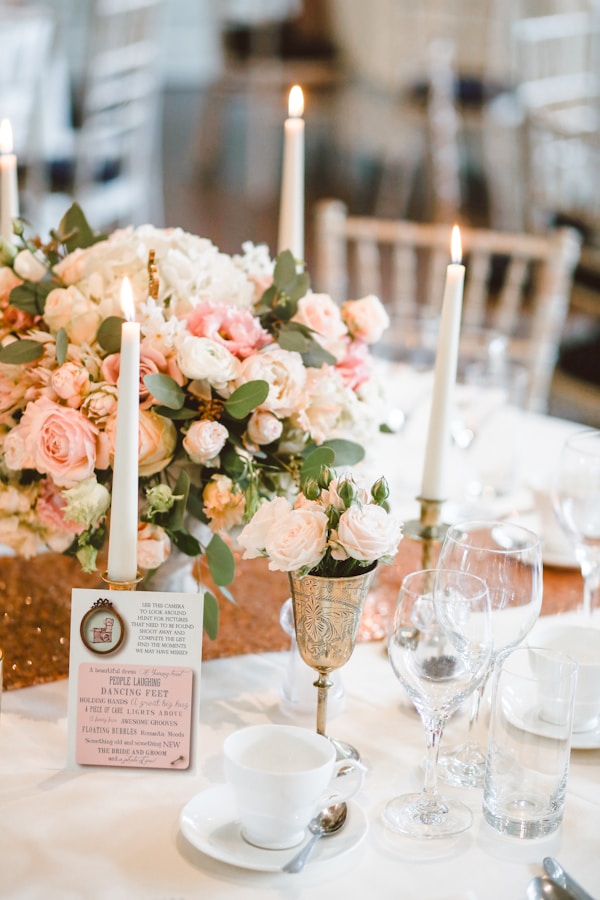The Ultimate Guide to Attaching Lace to a Sheer Wedding Dress: Best Practices and Tips
The Ultimate Guide to Attaching Lace to a Sheer Wedding Dress: Best Practices and Tips
What are the Best Practices for Attaching Lace to a Sheer Wedding Dress?
When it comes to creating the perfect wedding dress, one of the most elegant combinations is lace and sheer fabric. The soft delicacy of sheer fabrics beautifully contrasts with the intricate detailing of lace, resulting in a stunning bridal look. However, attaching lace to a sheer wedding dress can be a challenging task. In this article, we will explore the best practices for achieving a flawless finish when working with these materials.
Understanding Sheer Fabrics
Before we delve into the techniques, it's important to understand what sheer fabrics are. Sheer fabrics such as chiffon, organza, and tulle are lightweight and translucent, making them a popular choice for Modern wedding dresses. However, their delicate nature requires careful handling when adding embellishments like lace.
Types of Lace to Consider
Lace comes in various styles, so selecting the right type for your sheer wedding dress is key. Here are some popular options:
| Type of Lace | Description |
| Chantilly Lace | Lightweight and romantic, often featuring floral patterns. |
| Alençon Lace | Characterized by its scalloped edges and intricate embroidery. |
| Guipure Lace | Heavier and more structured, perfect for adding detail without losing shape. |
Preparing to Attach Lace
Before you start attaching lace to your sheer fabric, there are several steps to follow for the best results:
1. Gather Your Materials
- Sheer fabric (e.g., chiffon, tulle, etc.)
- Lace trim or lace fabric
- Fabric scissors
- Needle and thread (recommend matching thread color)
- Fabric adhesive (optional)
- Iron (for pressing seams)
2. Measure and Cut
Carefully measure the length of lace needed for your wedding dress. Be cautious while cutting the lace to avoid fraying. If needed, you can use a fray check product along the edges of the lace after cutting to minimize any unwanted fray.
Best Practices for Attaching Lace
1. Pinning vs. Basting
When it comes to attaching lace to sheer fabric, you can either pin or baste the lace in place. Pinning allows for easy adjustments, but it can create puckers. Basting, on the other hand, uses long stitches to hold the lace and fabric temporarily. This will help ensure a smoother finish and can be removed later easily.
2. Choosing the Right Stitch
Use a small, even running stitch or a blind hem stitch for a discreet finish. This type of stitching won’t compromise the lace’s design, ensuring that your beautiful work is visible and intact.
3. Using Fabric Adhesive
If you want to secure the lace more firmly, consider using fabric adhesive. Apply a small amount to the edges of the lace before stitching. Be sure to let it dry according to the manufacturer’s instructions before proceeding with sewing.
4. Keep the Tension Even
As you sew, ensure that the tension remains even to avoid puckering. This is especially important with sheer fabrics, as any irregularity can create noticeable flaws in the final product.
5. Pressing the Seams
After you have attached the lace, press the seams gently with a low-temperature iron. This helps set the lace in place without damaging either fabric. Always use a pressing cloth to avoid direct heat contact, which can melt or burn sheer fabrics.

Common Mistakes to Avoid
As you work on your lace attachment project, it's crucial to steer clear of common pitfalls:
- Skipping Preparation: Never rush into sewing without proper measurements and preparations.
- Using Heavy Threads: Avoid using heavy threads that might not blend well with the lace and sheer fabrics.
- Ignoring Fabric Characteristics: Each sheer fabric behaves differently; understanding this will help you choose the best technique for attachment.
Aftercare for Your Wedding Dress
Once you've successfully attached the lace, it's important to consider the aftercare of your wedding dress:
1. Cleaning
Make sure to follow the care instructions specific to the fabrics used. Generally, sheer fabrics may require dry cleaning to maintain their integrity.
2. Storage
Store your wedding dress in a cool, dry place, away from direct sunlight and humidity. Use a padded hanger for support and protect the lace with a soft cloth.
Summary and Tips
Attaching lace to a sheer wedding dress can elevate the elegance of your special attire, but it requires careful planning and execution. Here are key takeaways:
- Choose the right type of lace to complement your sheer fabric.
- Use proper techniques such as pinning, basting, and selecting appropriate stitches.
- Avoid common mistakes to ensure a flawless finish.
- Pay attention to aftercare to preserve your beautiful work.
By adhering to these best practices, you will create a stunning wedding dress that showcases both the beauty of lace and the delicate nature of sheer fabric. This attention to detail will transform your bridal gown into a breathtaking masterpiece that you will cherish for years to come.
